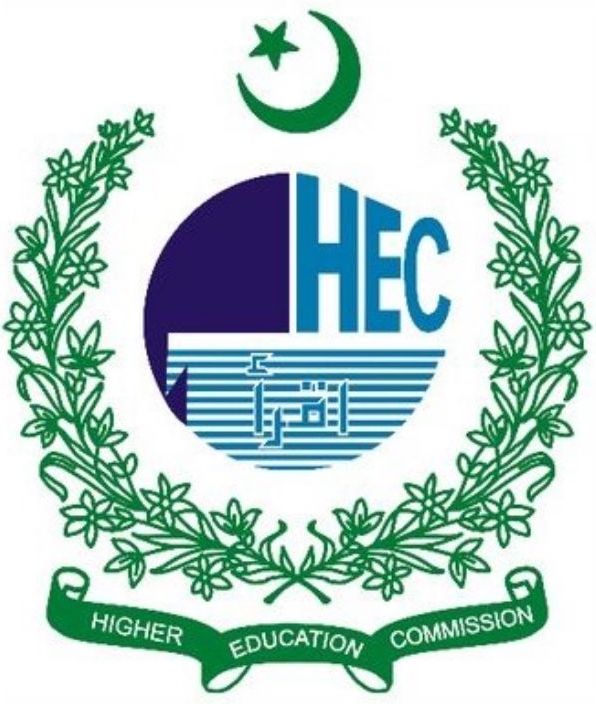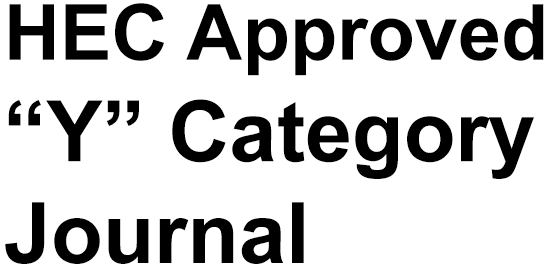High-Performance Work Systems and Employee Performance in Public Universities: The Mediating Role of Burnout Management and Moderating Effect of Workload
DOI:
https://doi.org/10.69671/socialprism.2.1.2025.31Keywords:
High-Performance Work Systems, Employee Work Performance, Burnout Management, Workload, Public Universities, PakistanAbstract
This study examines the impact of High-Performance Work Systems (HPWS) on Employee Work Performance (EWP) in public sector universities in Pakistan, with a focus on the mediating role of Burnout Management (BM) and the moderating effect of Workload (WL). Drawing on the Resource-Based View (RBV) and Job Demands-Resources (JD-R) theories, we propose an integrated model that addresses the psychological and organizational mechanisms linking HR practices to performance outcomes. Using a sample of 350 teaching faculty members from 13 public universities in Khyber Pakhtunkhwa, we employ a cross-sectional survey design with validated scales for HPWS, EWP, BM, and WL. Results from correlation, regression, mediation, and moderation analyses reveal that: (1) HPWS has a strong positive association with EWP (r = 0.768, p < 0.01); (2) BM partially mediates the HPWS-EWP relationship (indirect effect = 0.18, 95% CI 0.12, 0.25) and (3) WL significantly moderates this relationship, with the positive effect of HPWS diminishing under high workload conditions (β = -0.13, p < 0.01). These findings contribute to strategic HRM literature by demonstrating how psychological well-being and job demands interact with HR systems to influence performance in resource-constrained academic environments. Practical implications for university administrators and policymakers are discussed.
Downloads
Published
Issue
Section
License
Copyright (c) 2025 Attique-Ur Rahman, Dr. Muhammad Imran (Author)

This work is licensed under a Creative Commons Attribution 4.0 International License.








